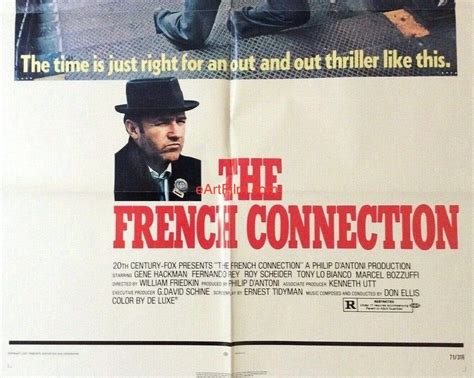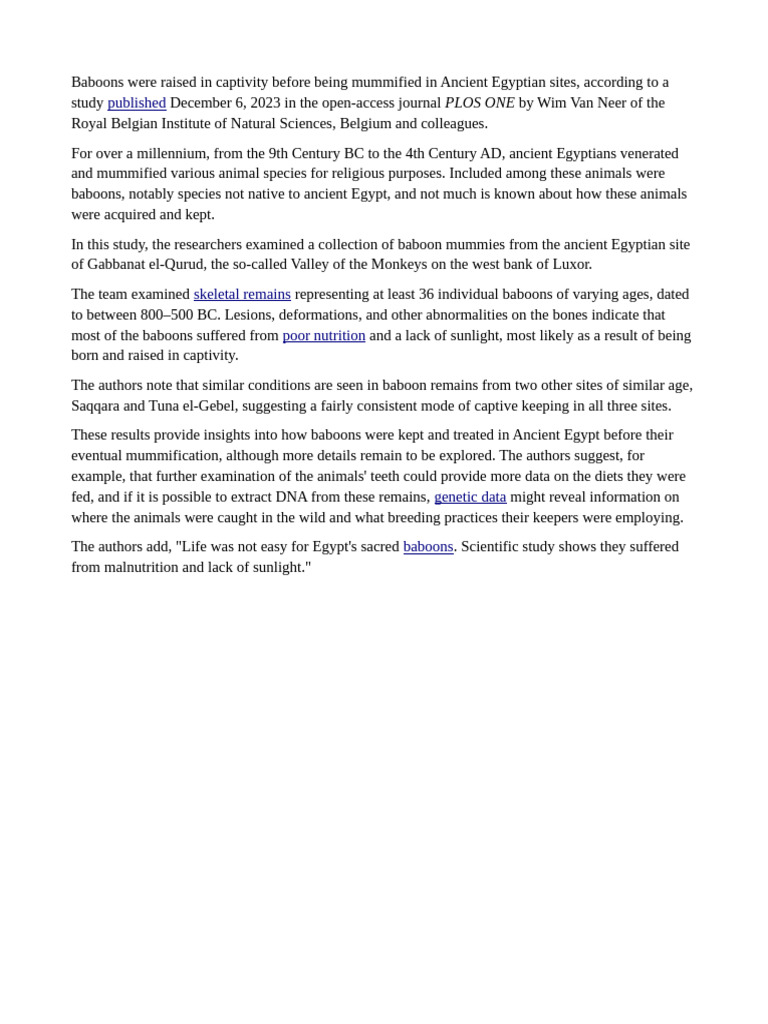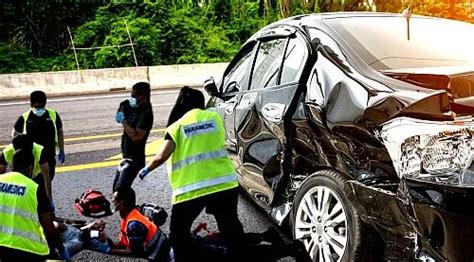The release of “The French Connection” in 1971 marked a significant milestone in the cop thriller genre, redefining how audiences experienced the gritty, intense world of law enforcement on the big screen. Directed by William Friedkin and starring Gene Hackman as the tough, street-smart Detective Jimmy “Popeye” Doyle and Roy Scheider as his partner, Detective Buddy “Cloudy” Russo, the film’s impact was profound. This guide delves into the insights of “The French Connection,” exploring its historical context, filmmaking techniques, and the enduring legacy it has left on cinema.
Historical Context: The Era of Gritty Realism
“The French Connection” was released during a pivotal moment in American cinematic history, an era that saw the emergence of gritty realism as a dominant force in film. The late 1960s and early 1970s were marked by social upheaval, with the Vietnam War, civil rights movements, and rising crime rates contributing to a sense of disillusionment and mistrust among the public. This backdrop provided fertile ground for filmmakers to produce works that reflected the harsh realities of the time, and “The French Connection” was at the forefront of this movement.
The film’s narrative, loosely based on real events, tells the story of two New York City detectives who embark on a perilous mission to intercept a large shipment of heroin. The storyline is simple yet gripping, allowing for a deep dive into the characters and the procedural aspects of police work. This focus on realism, coupled with the stark portrayal of crime and corruption, resonated with audiences seeking authenticity in their entertainment.
Filmmaking Techniques: The Friedkin Touch
William Friedkin’s direction in “The French Connection” showcased his mastery of building tension and creating a sense of urgency. One of the most iconic scenes in the film, the car chase under the elevated train, exemplifies Friedkin’s ability to craft sequences that are both visually stunning and heart-pounding. This scene, which has been analyzed and praised for its innovative filmmaking techniques, was achieved with a combination of clever camera work, strategic editing, and the bravery of the stunt drivers involved.
Friedkin’s approach to storytelling also embraced the documentary-style filmmaking that was gaining popularity at the time. By using handheld cameras, natural lighting, and real locations, he managed to immerse the audience in the world of the characters, blurring the lines between fiction and reality. This method not only added to the film’s authenticity but also influenced a generation of filmmakers who followed in his footsteps.
Performances: The Chemistry of Hackman and Scheider
At the heart of “The French Connection” are the performances of its lead actors, Gene Hackman and Roy Scheider. Their portrayal of two detectives from different backgrounds but united in their quest for justice is riveting. The chemistry between Hackman’s Doyle, a hard-nosed, eccentric cop, and Scheider’s Russo, the more laid-back and by-the-book partner, provides much of the film’s emotional depth. Their interactions, often filled with humor and camaraderie, humanize the characters and make their perilous endeavors all the more compelling.
Hackman’s performance, in particular, stands out for its intensity and depth. His immersion into the character of Doyle is complete, capturing the detective’s obsession, his vulnerabilities, and his unwavering commitment to his work. This portrayal earned Hackman an Academy Award for Best Actor, cementing his status as a leading man of considerable talent.
Legacy: Impact on Cinema and Popular Culture
“The French Connection” has had a lasting impact on cinema, influencing not only the cop thriller genre but also filmmaking as a whole. Its influence can be seen in the many films and television series that have followed, with its themes of corruption, the cat-and-mouse game between law enforcement and criminals, and the personal costs of being a cop resonating with audiences for decades.
In popular culture, references to “The French Connection” appear in various forms, from homages in films like “Beverly Hills Cop” to its influence on television series such as “NYPD Blue” and “The Wire.” The film’s iconic car chase has been parodied and referenced countless times, becoming a cultural touchstone for action sequences.
Conclusion: Timeless Thrills and Enduring Relevance
“The French Connection” remains a thrilling watch today, its tense sequences, memorable performances, and historical significance combining to create a cinematic experience that is both entertaining and thought-provoking. The film’s exploration of the human side of law enforcement, the moral ambiguities of policing, and the war on drugs continues to resonate, offering insights into societal issues that remain pertinent.
As a cultural artifact, “The French Connection” is a testament to the power of cinema to capture the essence of an era and to influence the course of filmmaking history. Its enduring legacy is a reminder of the timeless appeal of a well-crafted thriller, one that can continue to captivate new generations of film enthusiasts and inspire new waves of filmmakers.
FAQ Section
What was the historical context in which "The French Connection" was released?
+"The French Connection" was released in 1971, during an era marked by social upheaval, including the Vietnam War and civil rights movements. This period saw the rise of gritty realism in cinema, reflecting the public's desire for authentic and realistic storytelling.
How did William Friedkin's direction contribute to the film's success?
+William Friedkin's direction in "The French Connection" was characterized by its use of documentary-style filmmaking techniques, including handheld cameras and natural lighting, which added to the film's realism. His mastery of building tension, as seen in the iconic car chase scene, also played a significant role in the film's success.
What was the impact of "The French Connection" on the cop thriller genre and cinema as a whole?
+"The French Connection" had a profound impact on the cop thriller genre, influencing many films and television series that followed. Its exploration of corruption, personal costs of being a cop, and the procedural aspects of police work set a new standard for realism and grit in cinema, inspiring a generation of filmmakers.
How does "The French Connection" remain relevant today?
+Despite being released over five decades ago, "The French Connection" remains relevant due to its timeless themes, including the war on drugs, corruption, and the personal costs of policing. Its influence can be seen in contemporary films and television series, and its iconic scenes continue to be referenced in popular culture.
What awards and recognition did "The French Connection" receive?
+"The French Connection" won several Academy Awards, including Best Picture and Best Actor for Gene Hackman's performance. It also received critical acclaim, with many praising its gritty realism, performances, and direction.
Final Thoughts: A Lasting Legacy
“The French Connection” stands as a testament to the enduring power of cinema to captivate, inform, and reflect society. Its influence on filmmaking and popular culture is undeniable, and its themes continue to resonate with audiences today. As a piece of cinematic history, it reminds us of the importance of authenticity, realism, and the human element in storytelling, offering insights into the complexities of law enforcement and the societal issues that shape our world.



